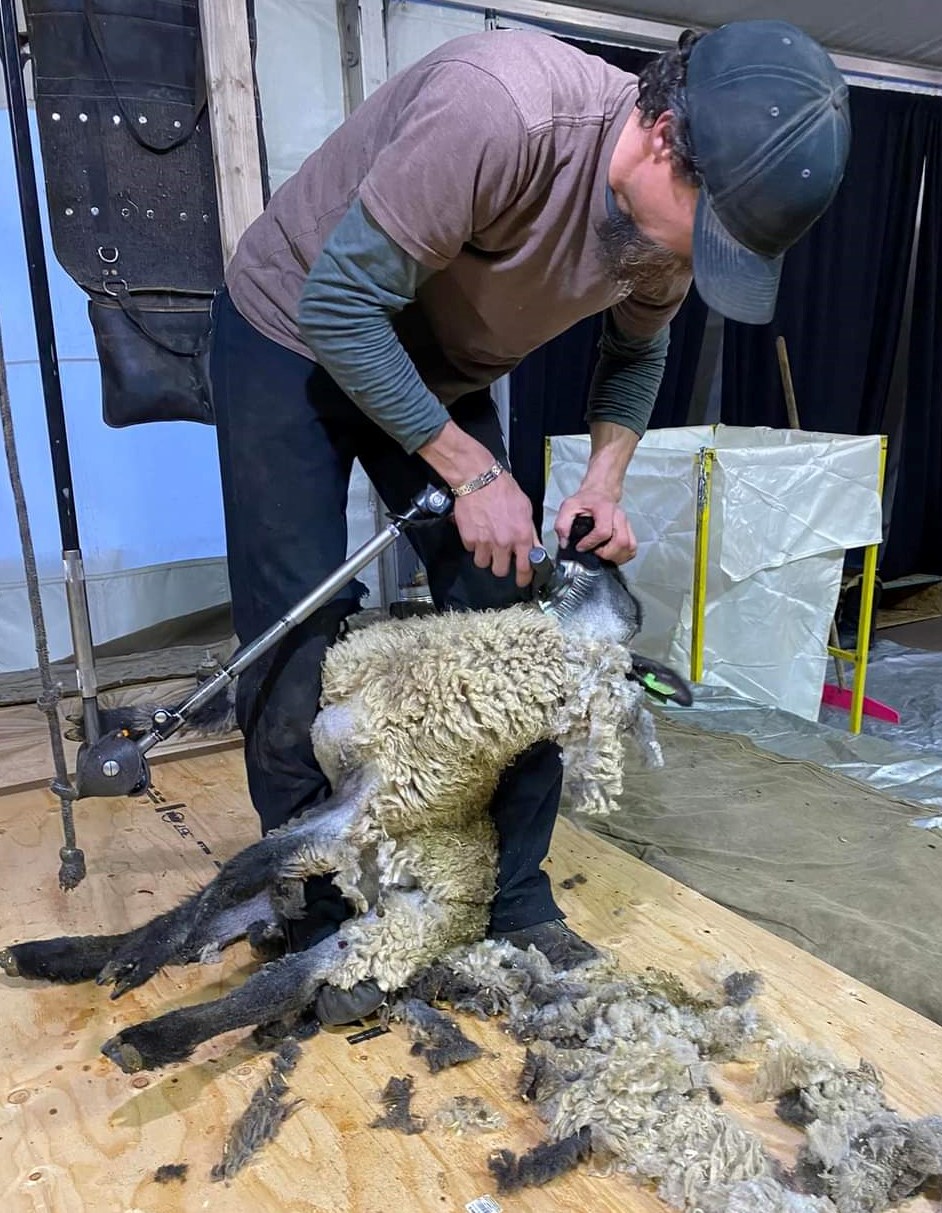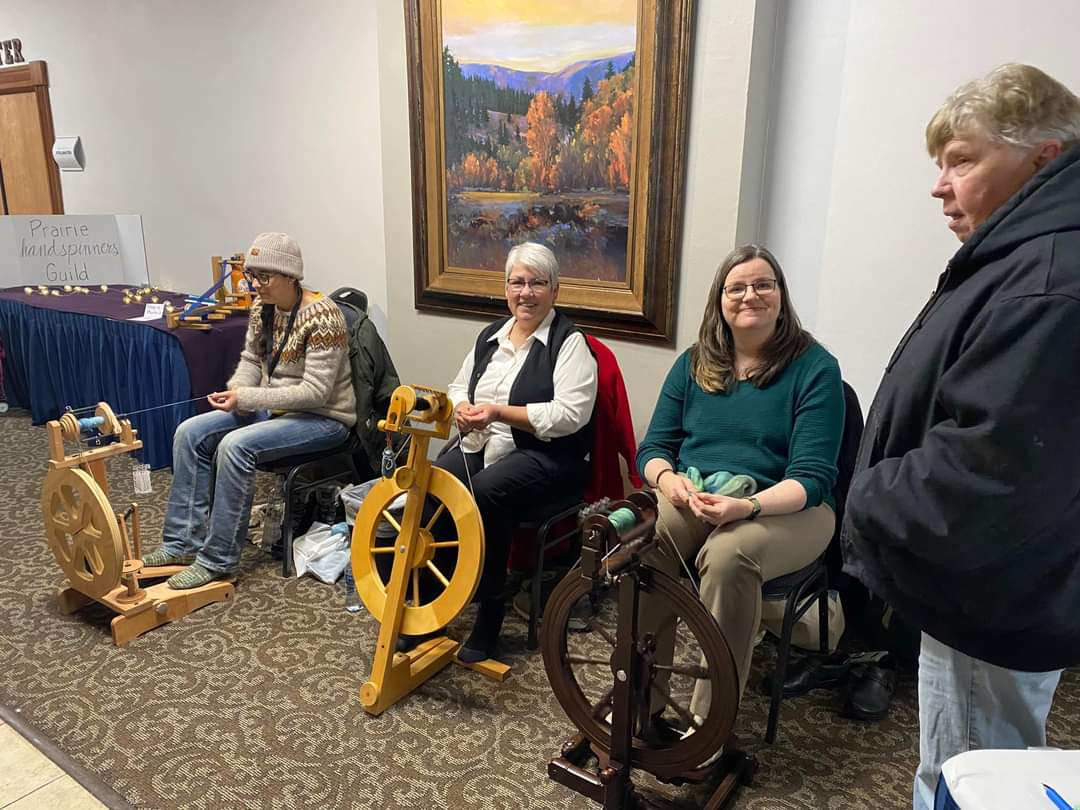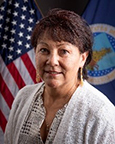January 26, 2023
We have taken increased interest in meeting the needs of livestock producers in recent years. The pandemic adversely impacted many areas of agriculture, and few producers were hit harder than sheep farmers. Most American lamb is sold to restaurant, hotel, and vacation dinner destinations. When most of these venues shut down during Covid, prices plummeted, and slaughter facilities suspended operations.
Raising sheep comes with unique challenges. After a lamb is more than one year old, it is considered mutton, which affects flavor and marketability. Even with the volatile market during the pandemic, producers knew they still had to butcher lambs. They couldn’t hold on to them for prices to bounce back.
Market volatility and other factors caused the Livestock Risk Protection, or LRP insurance policy, for lamb to be suspended in 2020. RMA hopes as the economy continues to rebound, that we can offer the best insurance products for these producers. Whole Farm Revenue Protection, or WFRP, is one available option for now and covers sheep, including: Ewe/Lamb, Feedlot, or Stocker/Feeder.
Recently, Shelia Schenk and Karen Korenko of the Billings Regional Office attended the 139th Annual Montana Wool Growers Convention in Billings, Montana. The Lamb Board addressed the volatile markets, environmental studies, and promotional materials. Another group, Equity Livestock, spoke about ethnic trade opportunities such as Halal, Kosher, or Hispanic markets.

A lamb is sheared at a live demonstration at the Annual Montana
Wool Growers Convention, Billings, Montana, December 1-3, 2022
Of course, meat is not the only product sheep offer. Montana has been well known for its sheep and wool industry. When the sheep are shorn, their fleece is approximately 65 to 70 pounds. A good sheepshearer can shear around 160 sheep a day.
The Prairie Hand spinners Guild were present during the Montana Wool Growers Convention and provided live wool spinning demonstrations. As it turns out, RMA’s own Karen Korenko is a member of this guild and participated in the show. Shelia was able to catch up with her during breaks and shares a very interesting Q&A for this week’s Administrator’s message.
Shelia: How long have you been spinning?
Karen: I purchased my first wheel more than two years ago, but life and Covid 19 got in the way of learning and becoming an active member of the local guild. I took my first class over the summer and have been spinning and active in the guild about 6 months. I have been an avid fiber artist since I was a child. I mostly crochet and knit.

RMA’s Karen Korenko (right) gives a live demonstration of hand spinning wool at the
Annual Montana Wool Growers Convention, Billings, Montana, December 1-3, 2022
Shelia: Is there a difference in wheels?
Karen: The are three main wheel types. A Saxony wheel is the larger type wheel featured in fairy tales. For the record, a spindle is not sharp enough to prick your finger, as portrayed in Sleeping Beauty. A Castle wheel is upright. And there are E-spinners, which are electric. My favorite wheel is my Saxony wheel; it spins wonderfully and was beautifully made in Poland.
Shelia: What is the ideal wool for spinning?
Karen: Wool for spinning should be soft and have a long staple. Longer staple lengths are more desirable. I prefer wool from Rambouillet, Blue Faced Leicester, and Merino sheep for their softness. There are many more wool breeds that I have not yet tried. Sometimes fibers are also blended with more than one type, like adding silk for shine, or nylon to increase washability.
Shelia: How far back in human history does spinning go?
Karen: Spinning wheels are believed to have originated somewhere in southern Asia around 1,000 A.D., however the location is unknown. Spinning is cited in the Bible and makes an appearance in Greek-Roman mythology as well as various folktales. By the 13th century, wheels were seen throughout Europe. The spinning wheel was the mainstay of yarn production until the industrial revolution, when the Spinning Jenny was invented in 1764. Hand spinning today is a heritage art for hobbyists.
**
I’m grateful to the RMA Billings Office for sharing this interesting interview and background, but especially for engaging with wool producers and informing leadership of concerns in this industry so we can best meet our customer’s needs.
– Marcia

Marcia Bunger is the Administrator of USDA’s Risk Management Agency (RMA). Prior to her appointment, she served as a County Executive Director for USDA’s Farm Service Agency. A native South Dakotan, Bunger is also the owner and operator of a 2000-acre farm, a cum laude graduate of Augustana College, and the first member of the Asian American and Pacific Islander community and first woman to serve as RMA Administrator.
